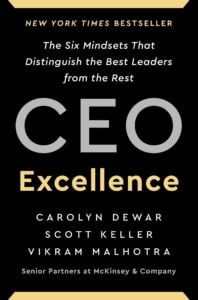Top 10 Leadership and Business Strategy Tips
Here are my top 10 leadership and business strategy tips that resonate strongly with me. These principles drive growth, foster collaboration, and inspire transformation. Whether you’re a seasoned executive, an aspiring leader, or an entrepreneur looking to make your mark, I hope you’ll find these strategies valuable and transformative in your leadership journey.
Top 10 Leadership and Business Strategy Tips
1 . Lead with purpose: Articulate a compelling vision that aligns with the organization to inspire and motivate others.
2. Communicate Effectively: Clearly convey your vision, expectations, and feedback to your team.
3. Set Clear Goals: Establish specific, measurable, action-oriented, risky, timely and time-bound, exciting, and relevant (SMARTER) goals.
4. Lead by Example: Exemplify professionalism and integrity to inspire your team and set a high standard.
5. Foster a Positive Culture: Encourage a supportive, respectful, and positive workplace culture.
6. Delegate wisely: Assign tasks based on team members’ strengths, provide guidance, and empower them.
7. Develop Effective Project Management Skills: Build a foundation of project management expertise to ensure efficient execution and delivery of initiatives.
8. Provide Constructive Feedback: Offer specific, timely, and actionable feedback to help your team grow.
9. Lead with Empathy: Understand and support your team members’ needs and challenges.
10. Develop your Emotional Intelligence: Cultivate self-awareness, empathy, and relationship-building skills.
I encourage you to focus on at least three of the above leadership and business principles that resonate with you. Interested in learning more? Read my Top 55 Leadership and Business Strategy Tips.
Remember, embrace the brilliance of those around you and never stop learning and evolving!
If you have any questions about these strategy tips or want to learn more about the powerful benefits of executive coaching to elevate your leadership success, please reach out to askme@jennyreilly.com and book a complimentary 30-minute strategy session. If you want monthly leadership tips, sign up for my JRC newsletter.


